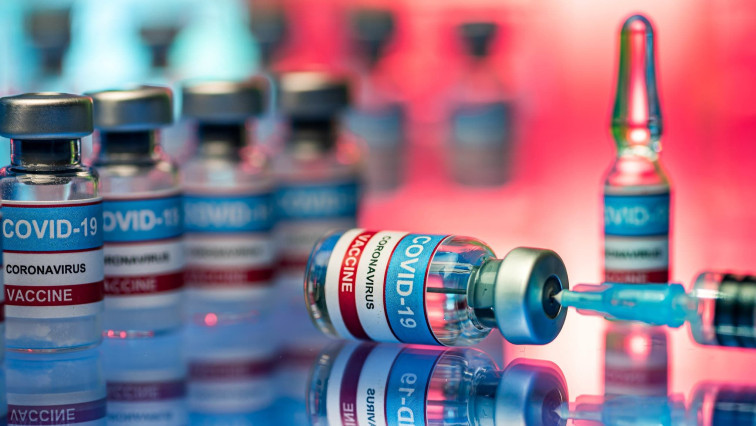Researchers from Cleveland Clinic’s Global Center for Human Health & Pathogen Research have developed a promising new COVID-19 vaccine candidate that utilizes nanotechnology and has shown strong efficacy in preclinical disease models.
According to new findings published in mBio, the vaccine produced potent neutralizing antibodies among preclinical models and also protected against disease in the face of exposure to SARS-CoV-2 (the virus that causes COVID-19). Researchers say an additional reason for the vaccine candidate’s early appeal is that it may be thermostable.
Benefits of a thermostable vaccine
“Our vaccine candidate delivers antigens via nanoparticles engineered from ferritin—a protein found in almost all living organisms,” said Jae Jung, PhD, director of the Global Center for Human Health & Pathogen Research and co-senior author on the study. “Ferritin is an attractive biomaterial for vaccine and drug delivery for many reasons, including that it does not require strict temperature control. This would dramatically ease shipping and storage constraints, which are bottlenecks we’re currently experiencing in national distribution efforts.”
Other benefits of ferritin nanoparticles include minimizing cellular damage and providing stronger immunity at lower doses than traditional protein subunit vaccines against other viruses, like influenza.
The team’s vaccine uses the ferritin nanoparticles to deliver tiny, weakened fragments from the region of the SARS-CoV-2 spike protein that selectively binds to the human entry point for the virus (this fragment is called the receptor-binding domain, or RBD). When the SARS-CoV-2 RBD binds with the human protein called ACE2 (angiotensin-converting enzyme 2), the virus can enter host cells and begin to replicate.
Study design and findings
The researchers tested their RBD-nanoparticle vaccine candidate on a ferret model of COVID-19, which reflects the human immune response and disease pathogenesis better than other preclinical models. Dr. Jung, a foremost authority in virology and virus-induced cancers, previously developed the world’s first COVID-19 ferret model—a discovery that has significantly advanced research into SARS-CoV-2 infection and transmission.
Here, the researchers administered an initial 15 microgram dose of the RBD-nanoparticle vaccine, and followed up with two booster vaccines given 14 and 28 days later, performing blood draws prior to each dose. One group received the vaccines intramuscularly, while another group received them both intramuscularly and intranasally.
After the second booster at 28 days, every single vaccinated model produced strong neutralizing antibodies. This suggests that repeated exposure to the RBD antigen successfully trained their immune systems to recognize and build up memory of SARS-CoV-2 as a dangerous invader, preparing their immune systems to rapidly fight the virus if and when exposed in the future.
A few days after the second booster (31 days after the initial vaccine dose), the researchers exposed the models to high concentrations of SARS-CoV-2. Compared to the placebo group that received adjuvant-only vaccines (adjuvants are added ingredients that help vaccines work better), those that received the RBD-nanoparticle vaccine were better protected from clinical symptoms and lung damage associated with infection. They also exhibited accelerated viral clearance in nasal washes.
Next steps
“Even when challenged with exposure to the virus, our vaccinated models didn’t present with any disease symptoms, including fever, cough or runny nose,” said Dokyun (Leo) Kim, a graduate student in Dr. Jung’s lab and co-first author on the study. “Taken together, this suggests that our vaccine candidate helped prevent infection and serious disease, and should be advanced for eventual human study.”
Combination intramuscular and intranasal immunization showed more potent protective immunity and faster viral clearance than intramuscular immunization alone (both were still significantly more effective than the adjuvant-only vaccine). More research will be important to uncover the mechanisms behind these differential benefits.
While ferritin nanoparticles are well-characterized for their strong temperature and chemical stability, suggesting the RBD-nanoparticle vaccine may also be thermostable, future investigations will be necessary to confirm.
Read the original article on Cleveland Clinic Lerner Research Institute.







